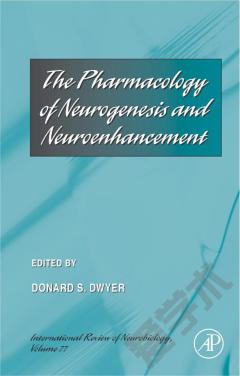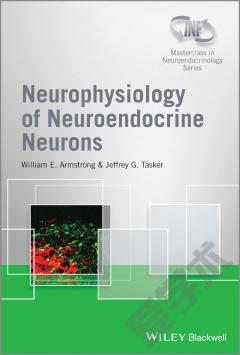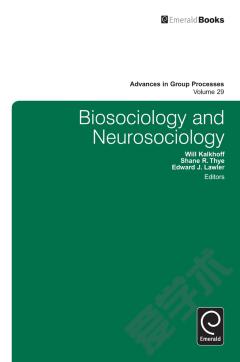Insect Neurochemistry and Neurophysiology
The USDA scientists at Beltsville convened their third triennial conference on insect neurochemistry and neurophysiology in the summer of 1989, and this book, that appeared less than a year later, contains the proceedings of that meeting. Though touted as an international conference, 85% of the participants were North American, and nearly 40% of the contributions were from USDA labs. The first half of the book is devoted to six fine review articles that were obviously solicited, and the remainder is a collection of four-page submitted contributions. The photoready production of the volume permitted a timely appearance, but a good copy editor could have been gainfully employed correcting many misspellings, typographical errors, and predicates that don't agree with their subjects! This is a book on insect neuropeptides, and I have no idea why it masquerades under the broad title of neurochemistry and neurophysiology. It contains nothing about classical transmitters, synaptic processes, sensory reception, integration, control of walking, flight, or graded responses. But, as an update on insect neuropeptides, it's a rousing success. Insects have been yielding a wealth of neuropeptides, many with homologies to vertebrate peptides, and it is extremely useful to periodically take stock of the progress. The reviews in the first half of the book nicely summarize the state-of-the-art. The chapter by Schooley et al. on isolation techniques is full of great technical tips, and the chapter by Keeley et al. offers the best and most balanced current review on the prospects and pitfalls of insect peptide research. The short communications, too, are well worth perusing. They offer a quick preview of manuscripts that are likely to appear in forthcoming journals. Insect neuropep-
{{comment.content}}








 京公网安备 11010802027623号
京公网安备 11010802027623号